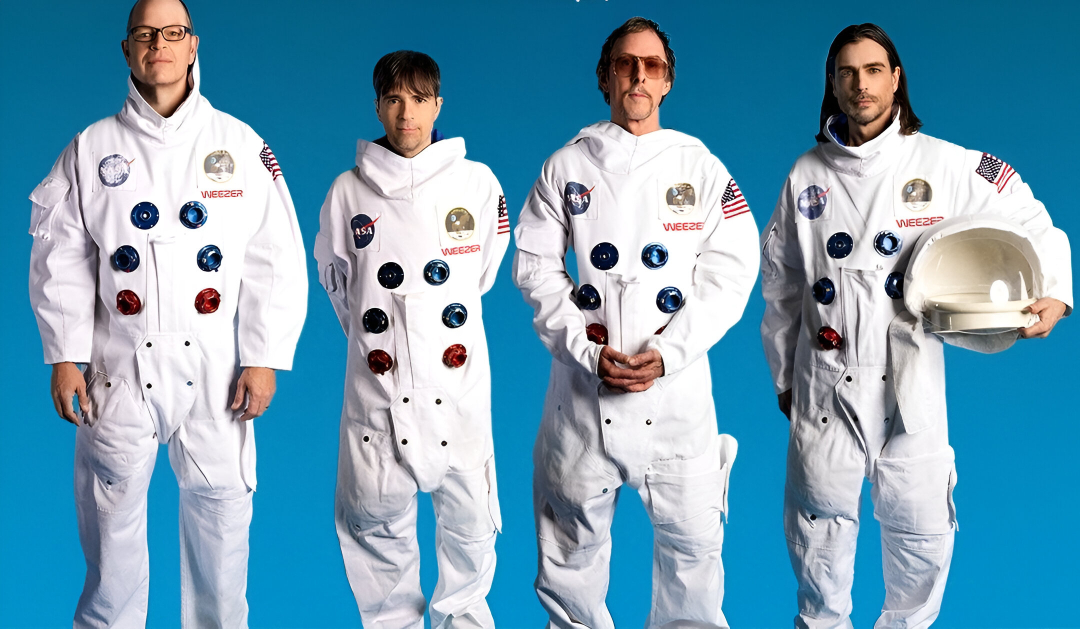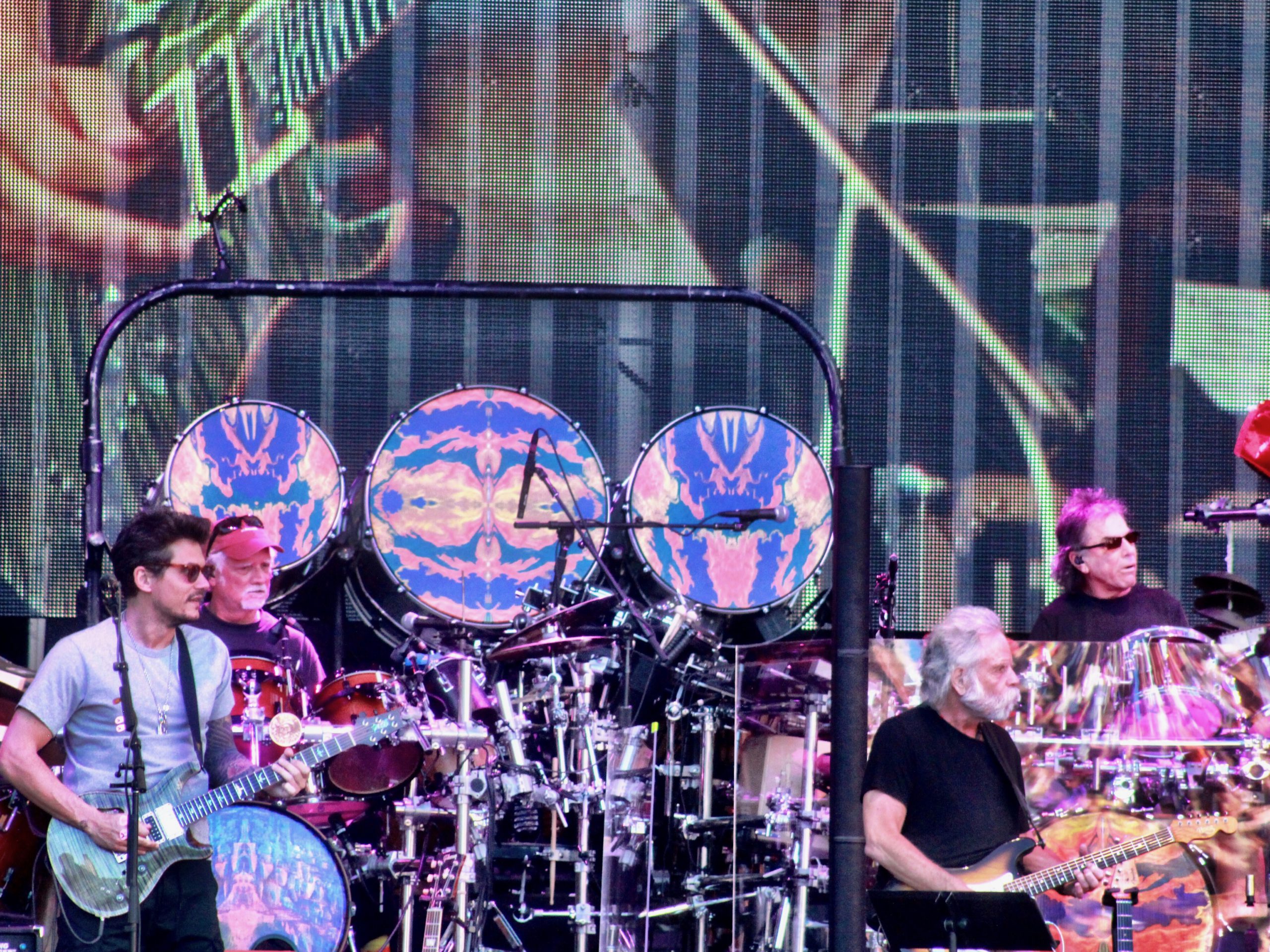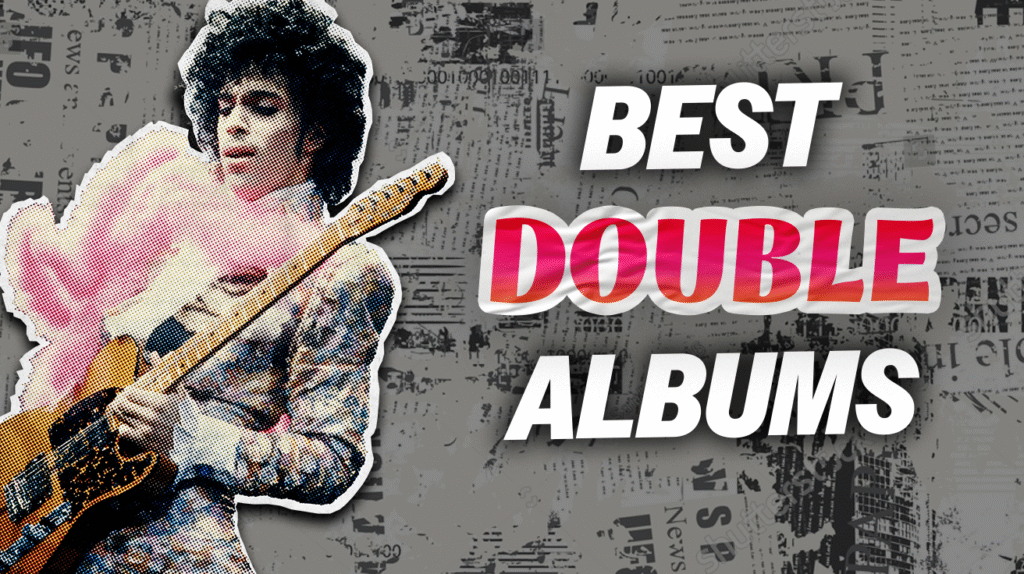
Double albums typically crash and burn somewhere around side three. Most artists barely have enough good material for a tight 40 minutes, let alone a sprawling 80-minute opus. Yet somehow, against all odds, a handful of musicians have conquered the format, creating immersive worlds where every groove matters. What separates the bloated disasters from the transcendent masterpieces? It’s not just ambition—it’s knowing when the story actually deserves two records to tell it.
The album pairs aren’t just longer; they’re deeper, wilder, and more willing to take weird detours through musical neighborhoods most artists speed past. These albums don’t just invite repeated listens—they practically require them, revealing hidden passages and secret rooms with each spin. They’re the musical equivalent of that perfect road trip where every unexpected stop becomes part of the magic.
9. Sign o’ the Times – Prince
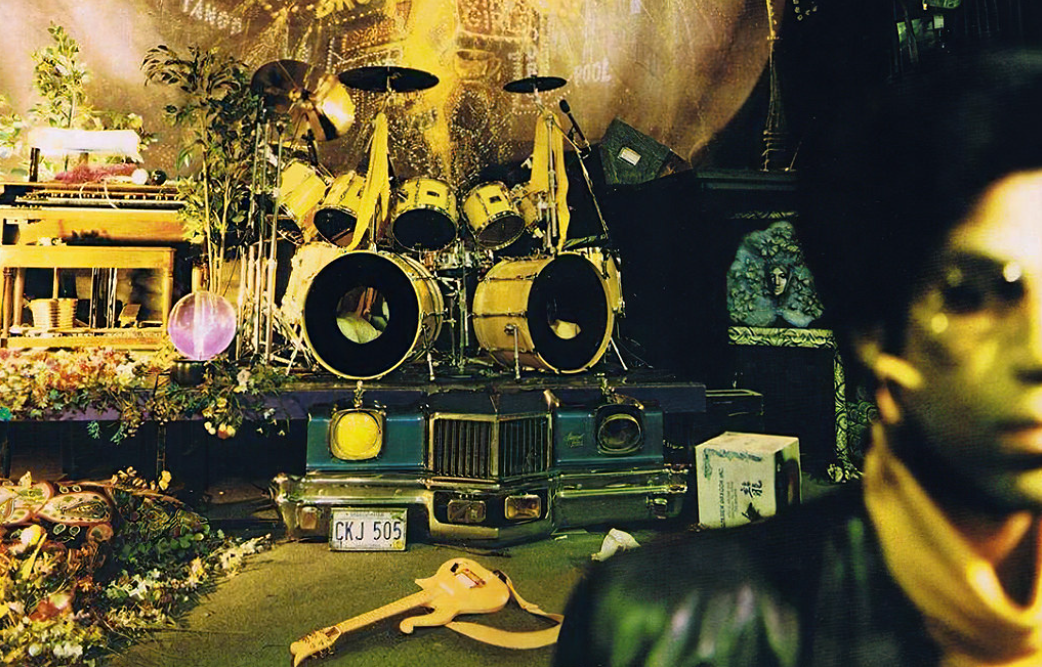
When Prince released Sign o’ the Times in 1987, he demonstrated unprecedented musical versatility. Playing nearly every instrument himself, Prince created perhaps the most ambitious funk-soul-rock collection of the 1980s. Each song contains multiple musical ideas, yet the album maintains cohesion throughout its sixteen tracks.
The title track addresses social issues over minimalist instrumentation, while “If I Was Your Girlfriend” explores relationship dynamics with innovative vocal techniques. Prince compiled material from several unreleased projects to create this double album. The result resembles a carefully curated musical journey—sixteen distinct compositions that create a comprehensive artistic statement when experienced together. The album continues to be recognized as a definitive work in Prince’s extensive catalog. If you’re a big fan of Prince, then you might not know that he wrote songs for other artists.
8. Sing to God – Cardiacs

Sing to God represents a unique achievement in experimental rock. Released in 1996 during the height of Britpop, Cardiacs created an elaborate, challenging album that defied contemporary trends. The music combines technical complexity with emotional intensity in unusual arrangements.
“Dirty Boy” stands as the album’s centerpiece, demonstrating the band’s ability to transform unconventional subject matter through sophisticated composition. Frontman Tim Smith’s arrangements move between aggressive and delicate passages without warning, creating distinctive musical contrasts. The album explores both spiritual and earthly themes throughout its 22 tracks. Initially appreciated primarily by a dedicated following, its influence has gradually spread through experimental music communities as musicians discovered its innovative approach to composition and arrangement.
7. Focus 3 – Focus
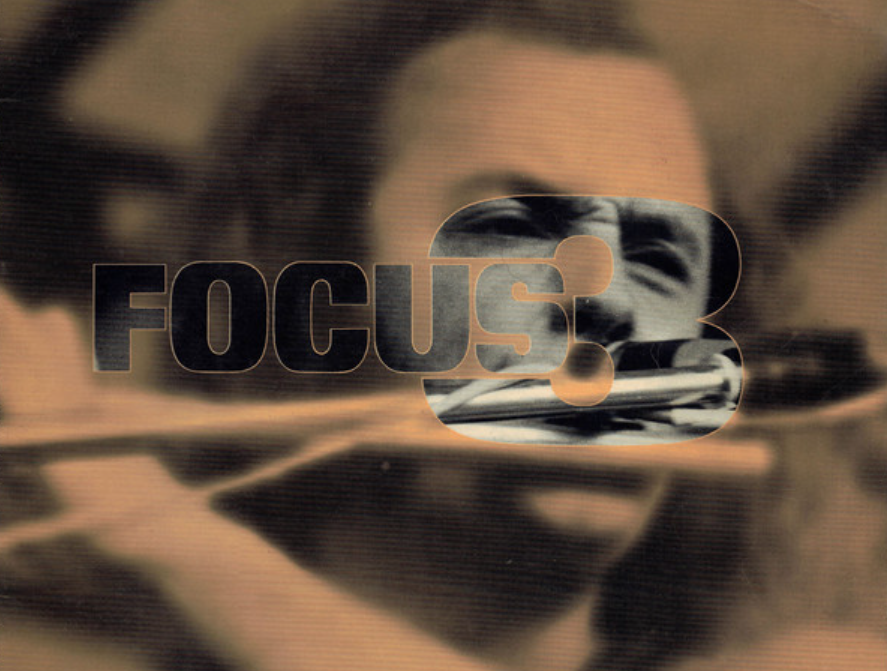
Focus 3 represents a high point in progressive rock history. Released in 1972, this Dutch band’s double album maintains consistent quality across its extended running time. Jan Akkerman’s guitar work complements Thijs van Leer’s flute and organ playing with remarkable musicianship throughout.
The album effectively combines improvisation with structured composition without sacrificing musical accessibility. “Sylvia” provides an entry point for casual listeners while demonstrating the band’s melodic sensibilities. Meanwhile, longer compositions like “Anonymous II” develop themes without becoming excessive. European classical influences inform the arrangements, creating music that balances technical proficiency with emotional expression. The album continues to be recognized as an essential progressive rock document that transcends many of the genre’s typical limitations.
6. Jeff Wayne’s Musical Version of The War of the Worlds
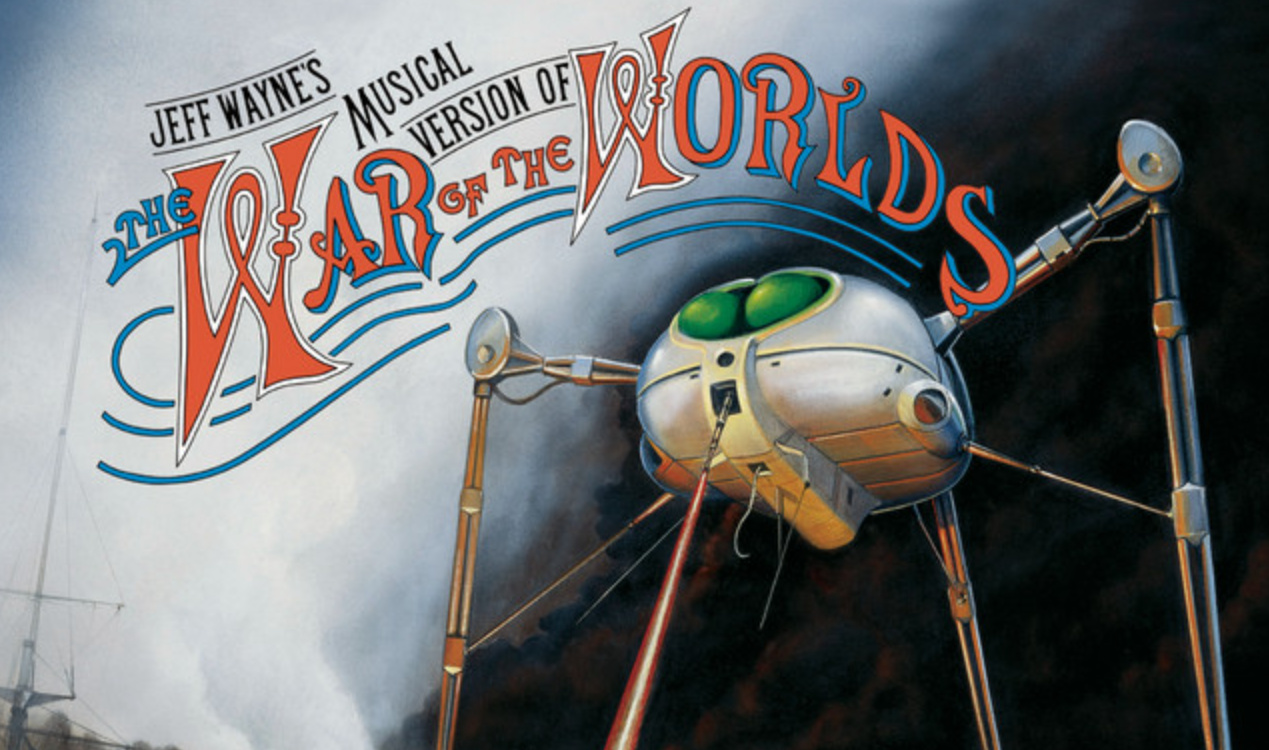
Jeff Wayne’s adaptation of H.G. Wells’ classic novel represented a bold creative gamble. Released in 1978 during punk’s ascendancy, this orchestral rock concept album featuring narration and companion visuals found substantial commercial success, ultimately selling approximately 15 million copies worldwide according to chart data. The production functions effectively as an audio drama enhanced by musical elements.
The arrangements combine orchestral sections with contemporary rock instrumentation and disco influences, creating a distinctive sound appropriate to its science fiction narrative. Justin Hayward’s performance on “Forever Autumn” provides emotional resonance within the larger story. The album’s commitment to theatrical presentation connected with audiences despite changing musical trends. Its enduring popularity suggests that ambitious concept works can find sustained appreciation regardless of prevailing musical fashions.
5. You Are What You Is – Frank Zappa
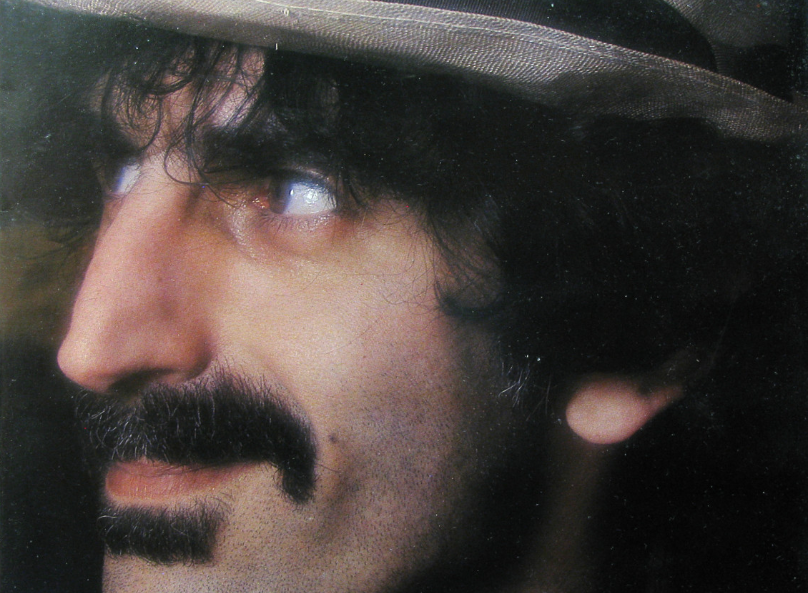
You Are What You Is showcases Zappa’s satirical brilliance through musical complexity. Released in 1981, this double album features Steve Vai’s guitar wizardry alongside vocalists Ike Willis and Ray White, with Dave Logeman’s precise drumming propelling the compositions forward. The album tackles social commentary and cultural critique with Zappa’s characteristic wit and musical sophistication.
Each album side creates its own coherent musical world while maintaining a consistent sound throughout all twenty tracks. The opening “Teenage Wind” establishes the album’s sardonic tone, while deeper cuts reveal intricate arrangements that blend rock, doo-wop, jazz, and avant-garde elements. Despite its dense musical references and thematic complexity, the album remains surprisingly accessible by Zappa standards. Though not as widely celebrated as some entries in his extensive catalog, it demonstrates Zappa’s unique ability to combine virtuosic musicianship with incisive social observation in a cohesive double-album format.
4. Bitches Brew – Miles Davis
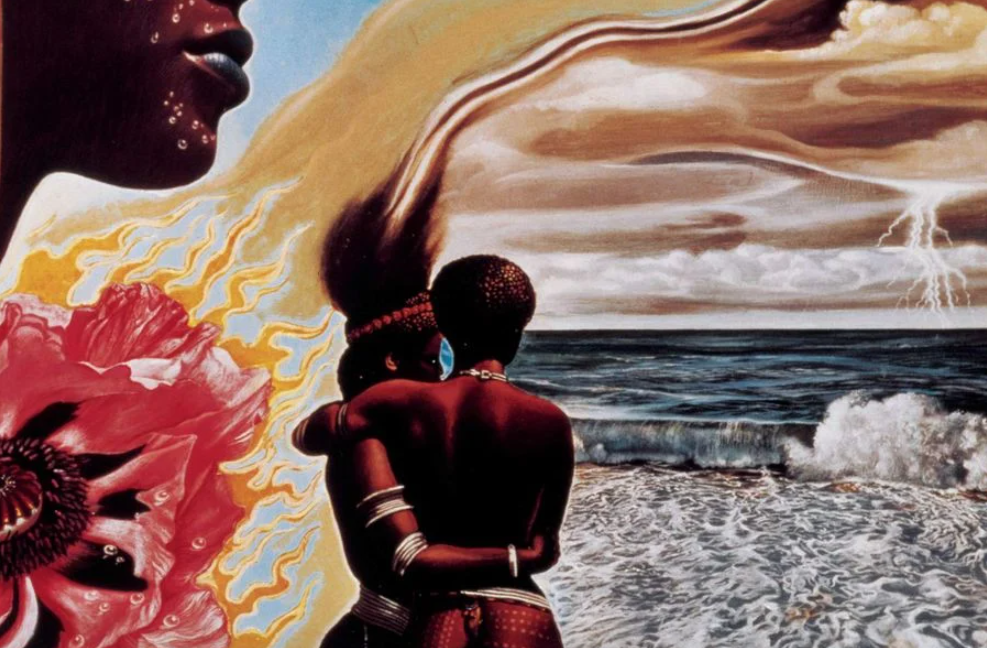
Miles Davis fundamentally challenged musical conventions with Bitches Brew. Released in 1970, this album represents a pivotal moment in the development of jazz fusion, bringing together elements from separate musical traditions. Davis assembled an ensemble including Wayne Shorter, John McLaughlin, and Chick Corea, guiding their performances with unconventional direction techniques.
The album’s production methods broke new ground, with producer Teo Macero editing different performances into compositions that couldn’t exist in traditional live settings. The title track’s extended exploration creates a continuously evolving musical landscape. Initial reception divided listeners—traditional jazz enthusiasts expressed skepticism while rock audiences discovered new musical possibilities. Davis intentionally created music that transcended established categories. The album established a new direction that influenced musicians across multiple genres for decades afterward.
3. Electric Ladyland – The Jimi Hendrix Experience
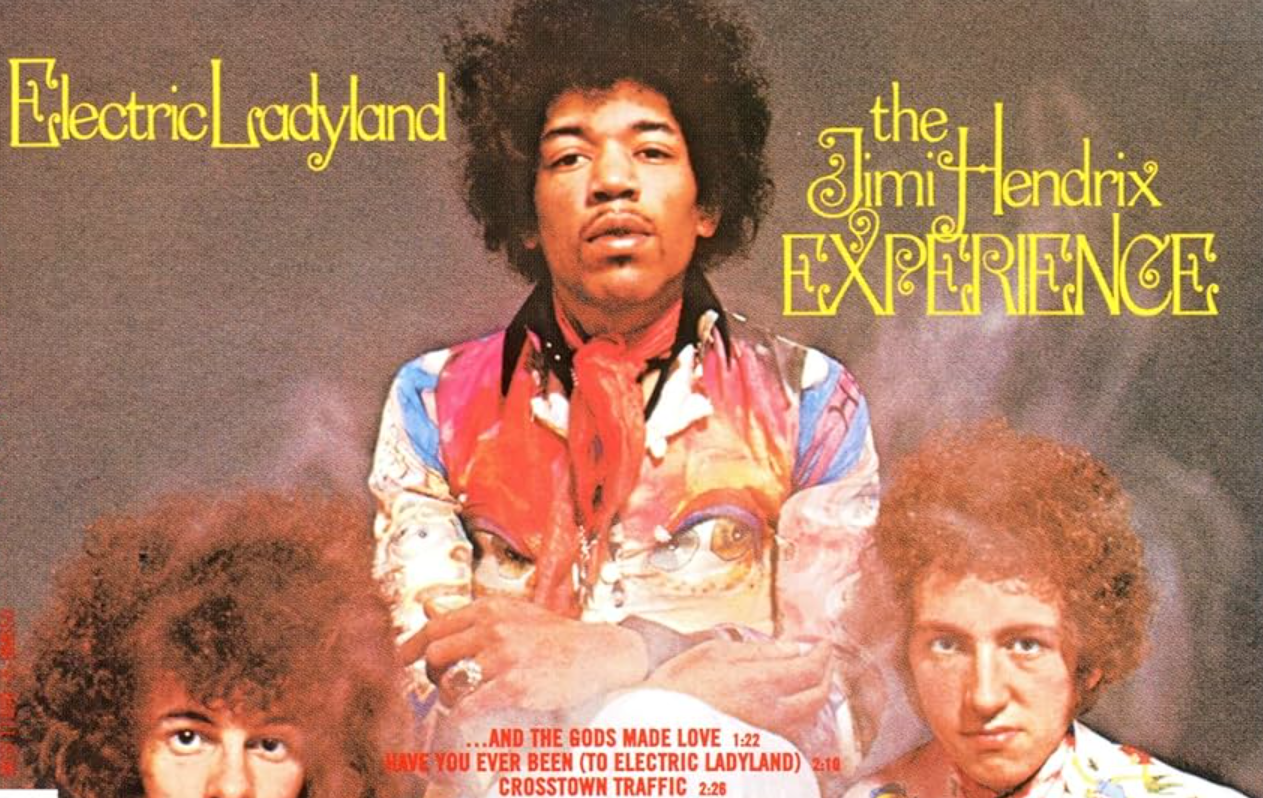
Electric Ladyland captures Jimi Hendrix exploring expanded musical possibilities. Released in 1968, this final Experience album finds Hendrix utilizing effects and recording technologies as essential compositional tools rather than superficial additions. The studio becomes a creative instrument under his direction, establishing new approaches to guitar-based music production.
Hendrix balances concise compositions like “Crosstown Traffic” with experimental pieces like “1983… (A Merman I Should Turn to Be).” His interpretation of Dylan’s “All Along the Watchtower” transforms the original into something entirely new, while “Voodoo Child (Slight Return)” demonstrates his distinctive guitar technique. The album moves between intimate moments and expansive soundscapes, providing a comprehensive artistic statement. Hendrix established approaches to composition, performance, and production that continue to influence musicians across multiple generations, but he also had a bunch of bands that he was not a big fan of.
2. The White Album – The Beatles
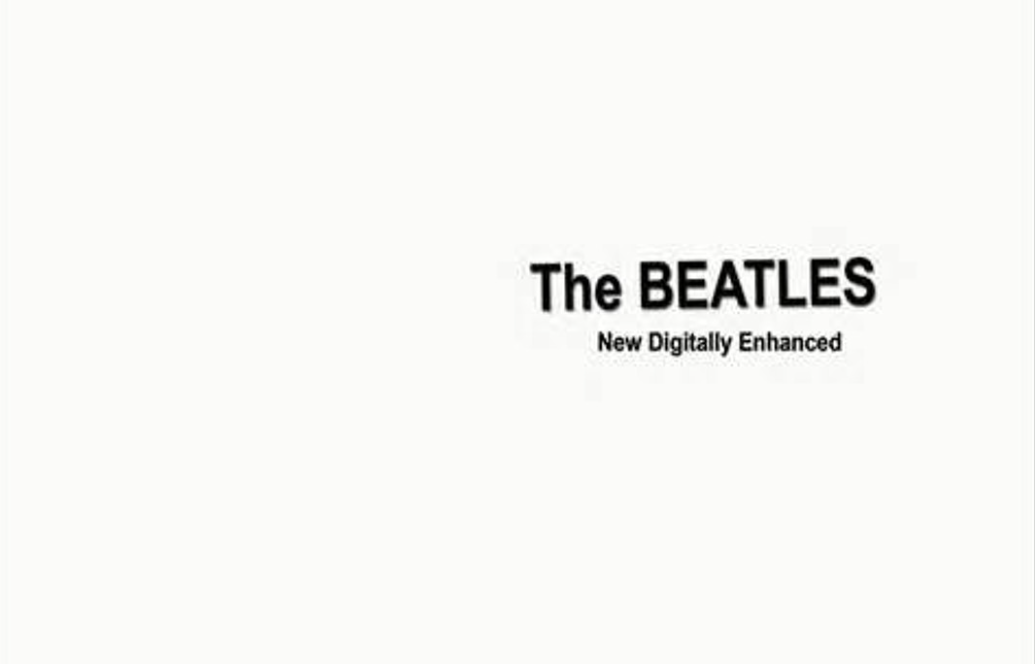
The White Album documents musical diversification within a formerly unified group. Released in 1968, its minimalist packaging contrasts with the stylistic variety of its thirty tracks. The Beatles were experiencing increasing creative independence, which becomes evident throughout the album’s varied compositions.
Each member pursues individual interests—McCartney explores traditional pop forms in “Martha My Dear,” Lennon experiments with avant-garde techniques in “Revolution 9,” Harrison develops spiritual themes in “While My Guitar Gently Weeps,” and Starr contributes country influences in “Don’t Pass Me By.” What could have been disjointed instead creates a compelling musical document. The album’s expansive nature reflects the late 1960s cultural landscape—diverse, complex, and resistant to simplification. It effectively captures both an ending and a beginning in the group’s creative evolution.
1. Songs in the Key of Life – Stevie Wonder
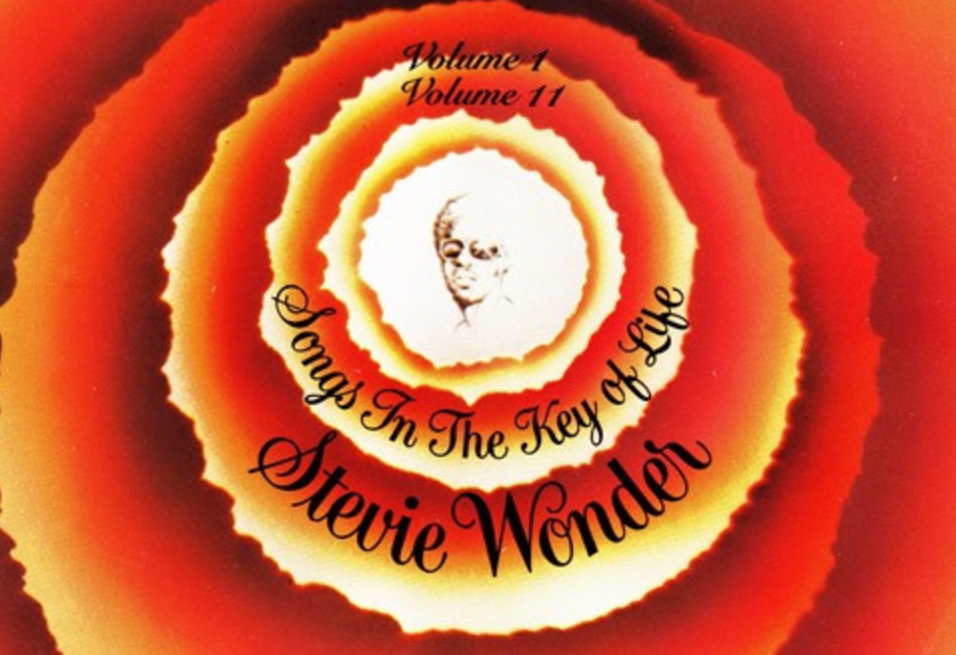
Songs in the Key of Life represents an extraordinary creative achievement. Released in 1976 after Wonder secured complete artistic control at Motown Records, this double album plus supplementary EP represents the culmination of his “classic period” and stands as a defining soul music collection. Wonder created a comprehensive musical statement where sophisticated harmonic approaches, classical elements, and funk rhythms coexist coherently.
Wonder’s multi-instrumental abilities create detailed musical landscapes that reveal additional elements with repeated listening. “Sir Duke” celebrates musical heritage while “Isn’t She Lovely” transforms personal experience into universal expression. “I Wish” combines nostalgic lyrics with compelling rhythmic elements, while “Village Ghetto Land” pairs social observation with classical string arrangements. The album addresses both celebration and social critique with remarkable emotional intelligence. Four decades later, it remains a standard of artistic ambition in popular music.








